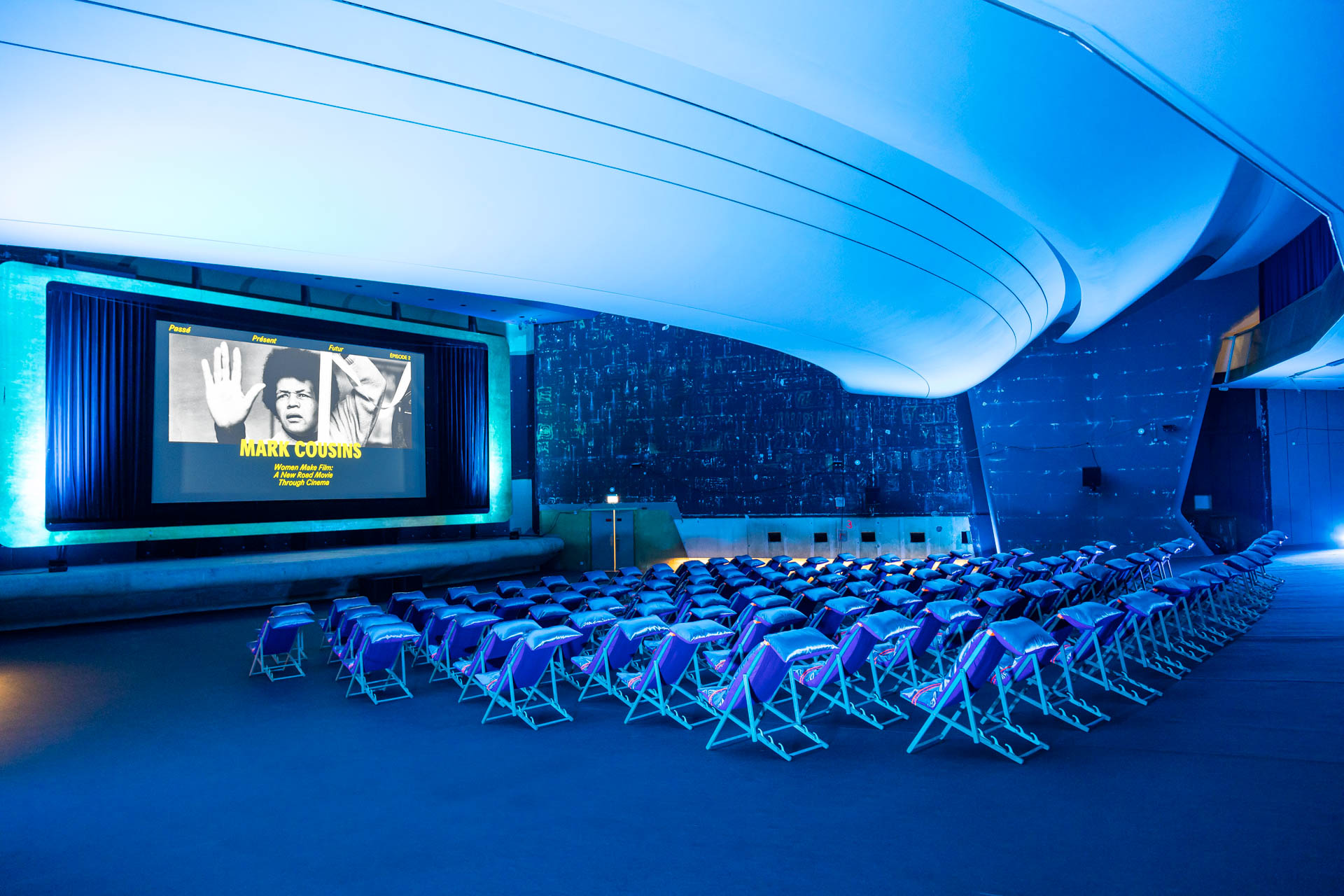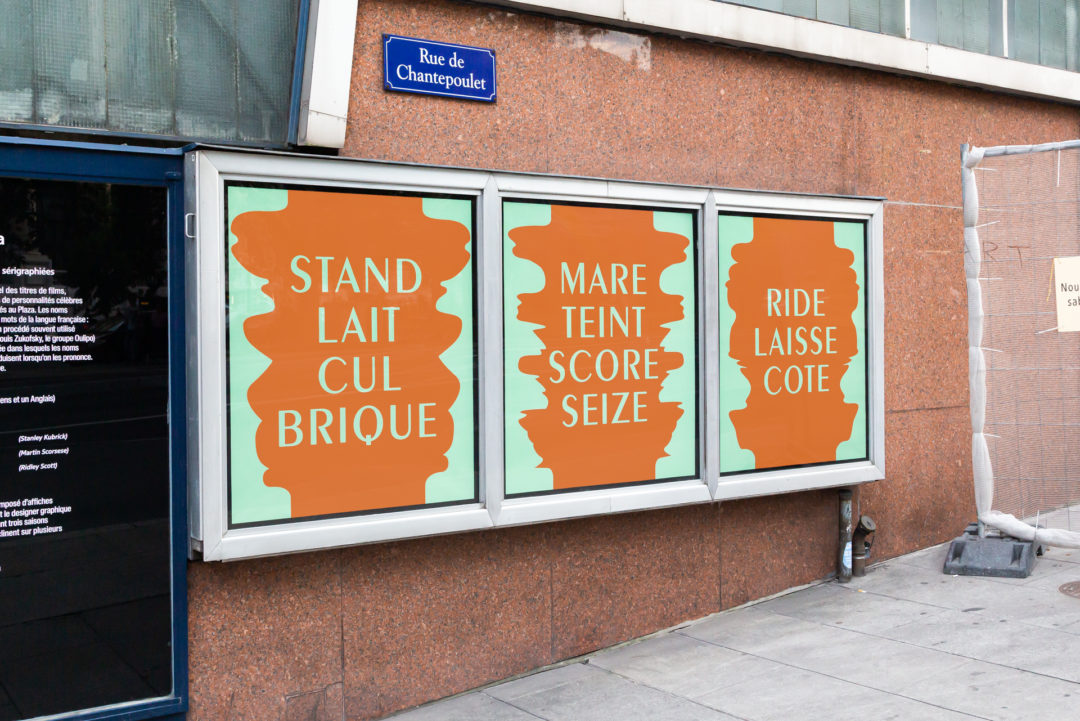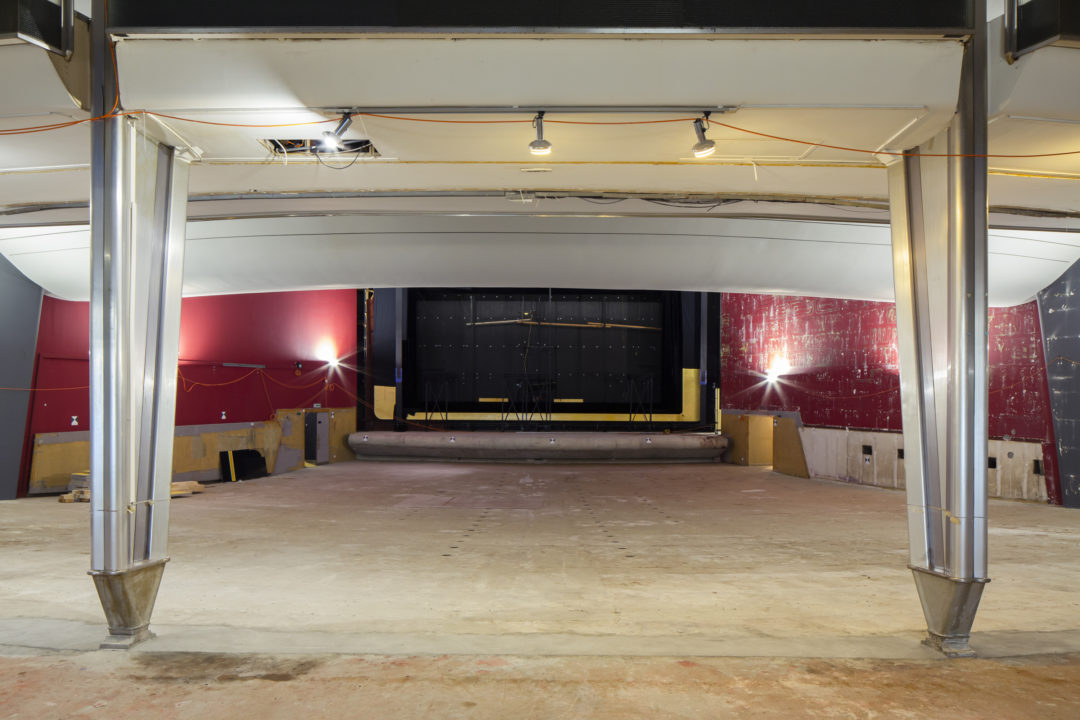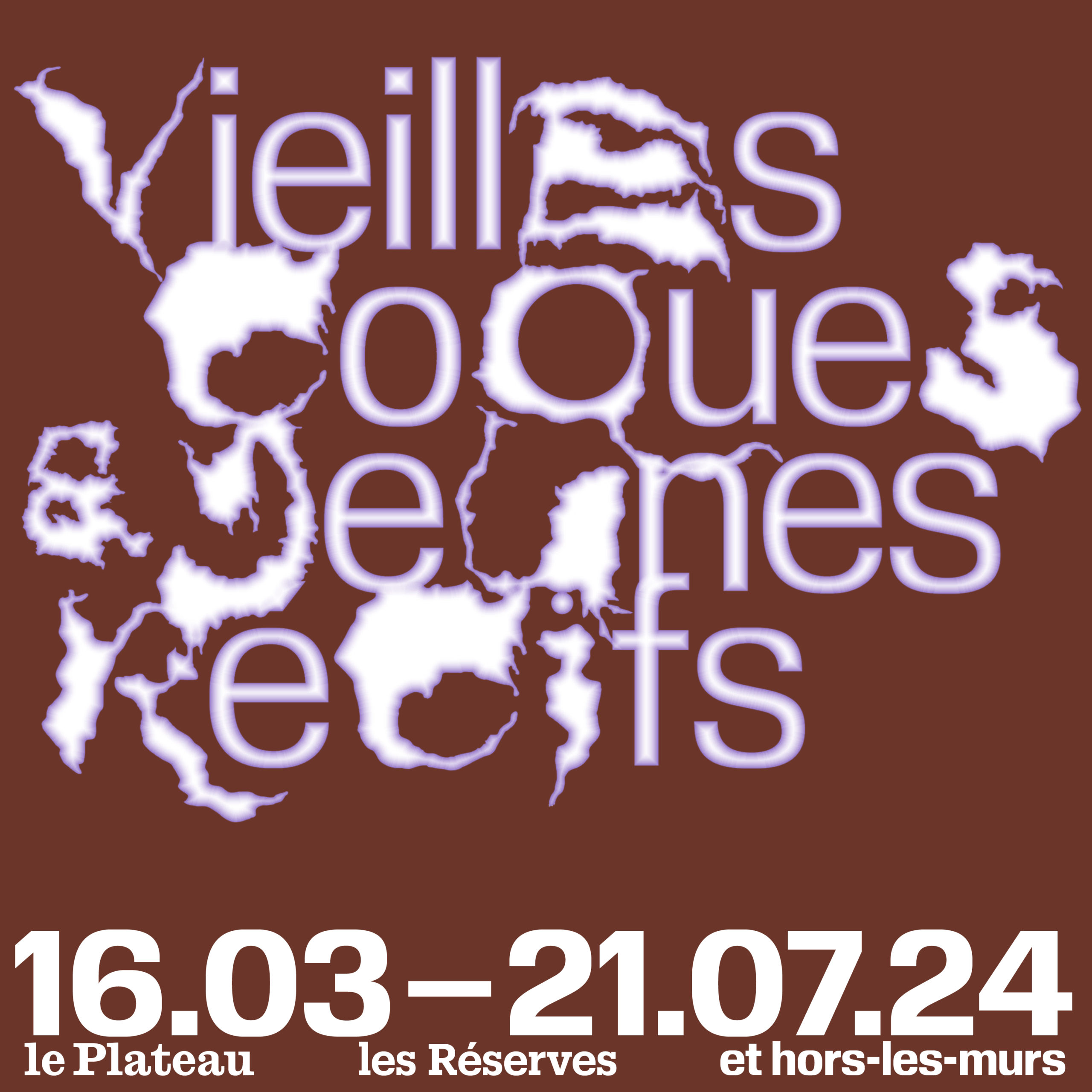Plaza Foundation

Marc-Joseph Saugey (1908-1971) was passionate about cinema, a fascination that he reflected in the seven cinema hall projects he designed for Geneva, five of which were built and two are still preserved. One of them is the Plaza1 cinema, inaugurated in 1952 along with the Mont-Blanc Centre complex. It was the largest cinema hall in Geneva and the first in Switzerland to project in Cinemascope. Iconic of the post-war era, the Plaza closed in 2004 and was saved from demolition in 2019 when the Hans Wilsdorf Foundation2 acquired the complex. It is currently listed and protected as one of the few 20th-century buildings with maximum heritage protection in Geneva. The Plaza Foundation was created with the goal of restoring it and transforming it into a Cultural Center for Architecture and Cinema.
A New Vision for the Plaza Centre Cinema
Jean Pierre Greff, president of the Plaza Foundation, describes the Plaza Centre Cinema as a “cinema center” in the sense that we understand an art center. It will be a space exploring moving images, time, and cinematic space, not competing with other cinemas in Geneva but complementing them with a differentiated offering based on the notion of the event. The future complex will include the large cinema hall, exhibition spaces, an immersive room, a hotel-cinema, a bar, a restaurant, and offices for the Plaza Foundation as well as other cultural structures, such as film festivals, production agencies, and dance projects. Its goal is to promote a network of collaboration around cinema and related disciplines, creating an ecosystem where cinema coexists with other forms of thinking and artistic experimentation.
Greff emphasizes the importance of preserving the cinematic essence of the Plaza in its transformation: “It could have been more multidisciplinary, but its architecture is centered around the screen and the spectacle of cinema. Another approach would have meant excessively distorting it.” This fidelity to the nature of the building will guide the programming, designed to enhance the immersive experience of moving images and consolidate the Plaza as a key space in the city.

Marc Saugey and Cinematic Architecture
Marc Saugey’s architectural vision aligns with the spirit of the project. Influenced by American architecture, he designed spaces where modernity and spatial fluidity were the protagonists. At the Plaza, aluminum predominates, and the entire lobby, bar, and cinema hall is designed as an interconnected urban space. One of the most distinctive elements of the Plaza cinema is the large golden-framed screen covered by a double curtain, evoking theatrical language. This design draws a parallel between cinema and theater, similar to the relationship between photography and painting, exploring the tension between the unique experience and reproducibility.
The coincidence of names between Marc Saugey and Marc Augé introduces an interesting conceptual dimension. Besides being paronyms, their reflections on space and modernity present an intriguing contrast. While Saugey designed spaces meant for collective experience, integrating the old and the new in a dynamic architectural environment, Augé theorized on “non-places,”3 impersonal spaces of postmodernity like airports or shopping centers, where the individual inhabits anonymously without ties to their environment. In contrast, the Plaza Centre Cinema aspires to establish itself as an “anthropological place,” a space that fosters identity, community, and belonging around cinema and its expanded experience.

The Itinerant Strategy and Kinetic Bodies
As the restoration of the Plaza progresses, the Plaza Foundation is developing itinerant projects to expand its vision. The first of these, Kinetic Bodies, curated by Elise Lammer and presented at Art Genève 2024, marks the beginning of a series of moving initiatives, such as a collaboration with the Pavillon Sicli and its return to Art Genève in 2026.
Kinetic Bodies explores dance as a language of emancipation, resistance, and liberation, addressing themes of identity, desire, and transgression. Its central axis is movement, generating an intergenerational dialogue on gender, dissidence, and sexuality. The program brings together works by artists and filmmakers such as Luiz Roque (Modern, 2014), Richard Wenk (Vamp, 1986), Alexandra Bachzetsis (Notebook: Denim, 2023), Luca Guadagnino (Call Me By Your Name, 2017), Enad Marouf (Time of the Angel, 2020), Jean Genet (Un Chant d’Amour, 1950), Xavier Dolan (Heartbeats, 2010), Tracey Emin (Why I Never Became a Dancer, 1995), Fritz Lang (Metropolis, 1927/2010), and Adrian Piper (Funk Lessons, 1983), blending classical and contemporary cinema. The visual repetition and genre fusion evoke experimental cinema, where movement becomes a means of transformation.
Beyond its aesthetic impact, Kinetic Bodies is a political statement tied to the struggles for LGBTQ+ rights and visibility. The 60-minute looped projection immerses the viewer in a rhythmic experience evoking dance mania, a historical phenomenon of collective trance where the body is liberated through incessant movement. The space designed by BUREAU references both American modular architecture and ephemeral cinema, creating a nod to Saugey and his spatial conception of cinema.
This first itinerant project reaffirms the Plaza Foundation’s commitment to dissidence and emancipation, bringing its mission to different spaces until the Plaza Centre Cinema reopens in 2026. In this way, the foundation demonstrates that cinema and dance continue to be vehicles of transformation and resistance.
1 Peter K. Moser, Cinemas of the World: A History, Lausanne: Editions Favre, 2011. A text that delves into the history of cinema in Switzerland and how emblematic cinemas such as the Plaza played a key role in the history of cinema in the country.
2 Geneva’s Cinematic Landmarks: The Preservation of the Plaza, Fondation Hans Wilsdorf, 2020. A report from the Hans Wilsdorf Foundation detailing the restoration of the Plaza and its cultural and architectural significance for the city of Geneva.
3 Augé, Marc, Non-Places: Introduction to an Anthropology of Supermodernity, Verso, 1995.

Head image : Mark Cousins, Passé Présent Futur II, Le Plaza. Photo : Raphaëlle Mueller.
Related articles
Streaming from our eyes
by Gabriela Anco
Don’t Take It Too Seriously
by Patrice Joly
Déborah Bron & Camille Sevez
by Gabriela Anco

